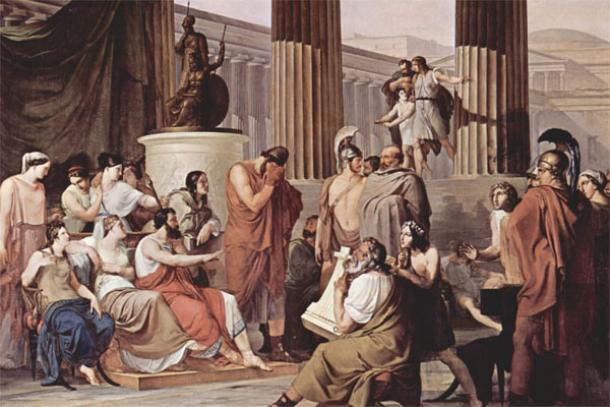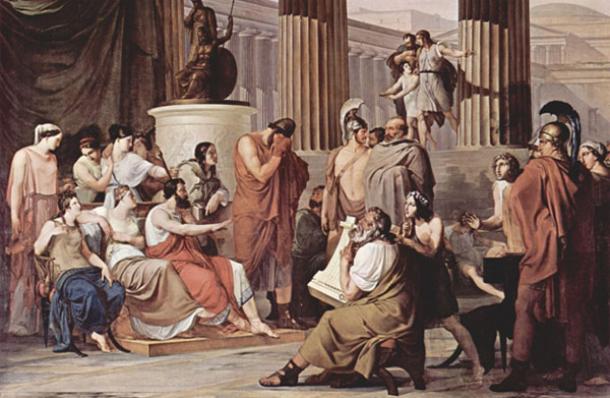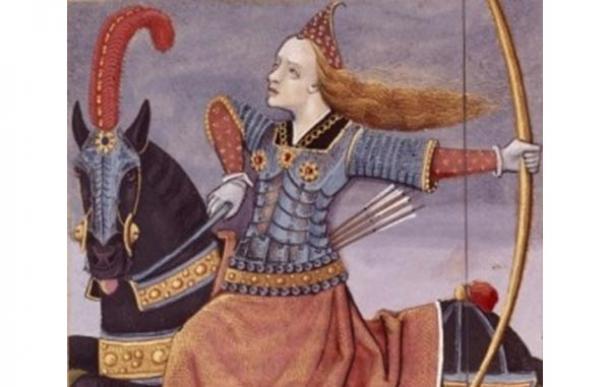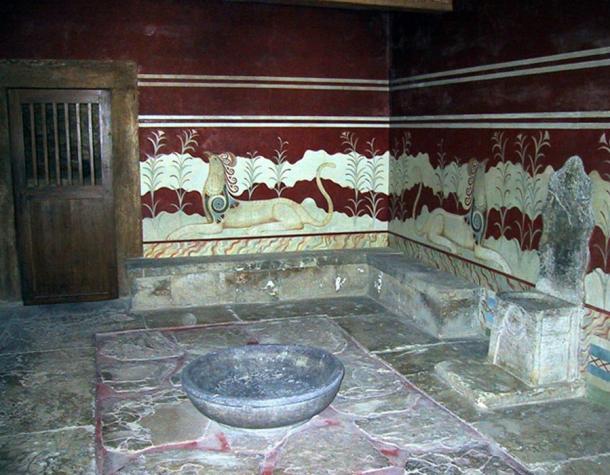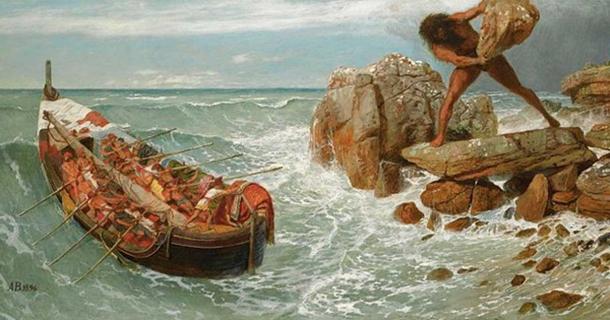
In the ancient Greek epic poem the ‘Iliad’, once believed to be the story of myth and legend, Homer spoke of ten cities. Today, the names of those cities can be seen in towns and villages around Greece and archaeology has already confirmed the real existence of a number of the cities including the mythical Troy. However, there is one city in with there is a curious lack of reference or knowledge anywhere in Greece – the ancient city of Lacedaemon.
Amazingly, archaeologists discovered what they believe to be the city of Lacedaemon in 2007, but any and all attempts to excavate the incredible site which thankfully has been documented by photographs, has been blocked by the Greek government.
The ancient city of Lacedaemon, a city older than the renowned Mycenae, has baffled historians and archaeologists for decades, since it is rarely spoken of and it appeared its legacy had disappeared completely.
The name of the city was given by the king of Laconia, named after Lacedaemon, the son of god Zeus and the Pleiad Taygete. His son was king Amyclas of Sparta.

